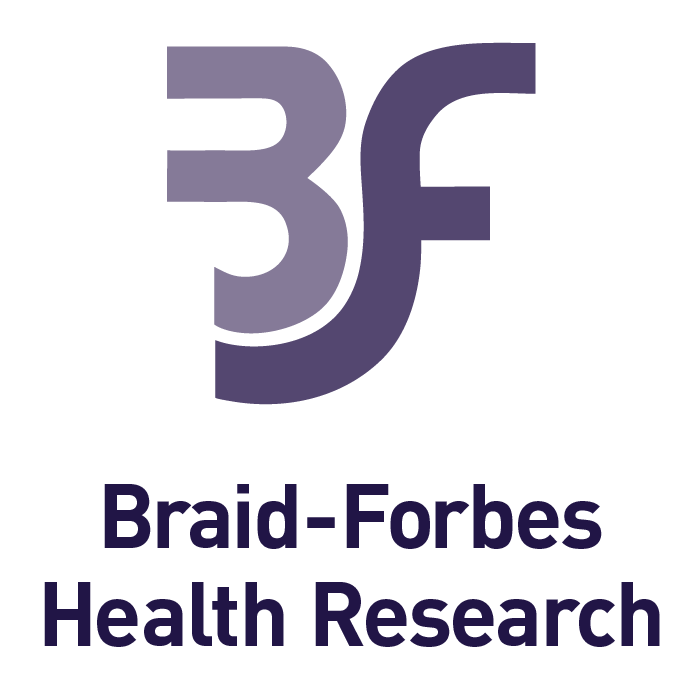We perform fully compliant analyses on administrative, clinical, economic, and quality-of-care data. Analyses can be conducted at the patient, hospital, and geographical territory level.
A sample of databases used in these analyses is listed here.
Centers for Medicare and Medicaid Services (CMS) Data
CMS collects and makes available a wide variety of data that are frequently used to study healthcare services. With over 55 million Medicare beneficiaries, CMS data is a rich source of administrative, clinical, economic, and quality of care information.
Medicare Standard Analytic Files
Annually produced file of final action paid claims and enrollment information for research. A 5% sample provides Medicare fee-for-service claims across all settings of care for a randomly selected sample of Medicare beneficiaries. For all settings of care except physician and durable medical equipment, a 100% sample is also available. In spring of 2016, CMS started releasing quarterly versions of this file. Annual files updated November.
Medicare Physician/ Supplier Procedure Summary Master File (PSPS)
A summary of the claims submitted to Carriers/ MACs by physicians, Ambulatory Surgical Centers and other suppliers. This summary allows analysis by carrier/MAC, counts of denied services, specific procedure code and modifier combinations, and an accurate count of the total services provided by physicians to Medicare beneficiaries in traditional fee-for-service Medicare. File updated August.
Medicare rate-setting files
The claims files that CMS uses to set the payment rates for these providers:
- Hospital Outpatient Departments
- Inpatient Acute Care Hospital (MedPAR file)
- Ambulatory Surgical Center (ASC)
Files released twice a year after publication of the proposed and final rules.
Medicare Cost Reports
Institutional providers participating in Medicare are required to submit an annual cost report to their Fiscal Intermediary (FI) or Medicare Administrative Contractor (MAC). The cost report contains information on:
- Facility ownership type (i.e., non-profit, for-profit, government)
- Utilization data (e.g., inpatient days, discharges, visits)
- Cost and charges by cost center (in total and for Medicare)
- Medicare settlement data
- Financial statement data
CMS maintains the cost report data in the Healthcare Provider Cost Reporting Information System (HCRIS). The data are updated quarterly.
Medicare Current Beneficiary Survey (MCBS)
This is a continuous, multipurpose survey of a representative national sample of the Medicare population, conducted by CMS through a contract with Westat. The survey is the only source for estimates of expenditures and sources of payment for all services used by Medicare beneficiaries (e.g. co-payments, deductibles, and non-covered services) and private and other public health insurance coverage information.
Hospital Compare Database
The CMS Hospital Compare database provides data on quality of care metrics for more than 4,000 Medicare-certified hospitals, including acute care hospitals, critical access hospitals (CAHs), children’s hospitals, VA Medical Centers, and hospital outpatient departments. Hospital Compare is usually updated each quarter in April, July, October, and December. This database contains a wealth of information relevant to current changes in healthcare evaluation and reimbursement, including data on
General information (structural and health information technology [IT])
- Survey of patients’ experiences (HCAHPS Survey)
- Timely and effective care (process of care)
- Complications (surgical complications, Agency for Healthcare Research and Quality [AHRQ] Patient Safety Indicators [PSIs], and healthcare-associated infections [HAIs])
- Readmissions and deaths (30-day readmission and mortality)
- Use of medical imaging (outpatient imaging efficiency)
- Payment and value of care (Medicare spending per beneficiary [MSPB], payment for heart attack, heart failure, and pneumonia patients, and value of care for heart attack, heart failure, and pneumonia patients)
Quality-reporting programs
- PPS-Exempt Cancer Hospital Quality Reporting (PCHQR) Program
- Inpatient Psychiatric Facility Quality Reporting (IPFQR) Program
- American College of Surgeons (ACS) National Surgical Quality Improvement Program (NSQIP®)
- Ambulatory Surgical Center Quality Reporting (ASCQR) Program
Payment programs
- Hospital Value-Based Purchasing Program (HVBP)
- HVBP Program Data and Scoring (Efficiency)
- HVBP Program Incentive Payment Adjustments
- Hospital-Acquired Conditions Reduction Program (HACRP)
- Hospital Readmissions Reduction Program (HRRP)
Agency for Health Care Quality and Research (AHRQ) Healthcare Cost and Utilization Project (HCUP) Databases
National Inpatient Sample (NIS)
The NIS is the largest publicly available all-payer inpatient health care database in the United States, consisting of a 20-percent stratified sample of all discharges from 4,363 U.S. community hospitals, excluding rehabilitation and long-term acute care hospitals in 44 states. It covers all patients, including individuals covered by Medicare, Medicaid, or private insurance, as well as those who are uninsured. It was established through a partnership of the Federal and State governments and industry. Unweighted, it contains data from more than 7 million hospital stays; weighted, it estimates more than 35 million hospitalizations nationally.
State Inpatient Databases (SID)
The SID is a database of hospital discharge records from community hospitals in 48 states, developed through a partnership of the Federal and State governments and industry. The SID files include all patients, regardless of payer, providing a broad and deep view of inpatient care over time. In aggregate, the SID encompasses about 97 percent of all U.S. community hospital discharges. The SID has been used to evaluate the use and cost of hospital services, medical practice variation, medical treatment effectiveness, quality of care, impact of health policy changes, access to care, and diffusion of medical technologies. Patients can be tracked over time, permitting analyses of hospital readmissions.
Nationwide Readmissions Database (NRD)
The NRD is drawn from the 21 states that are part of the SID and allows estimates of national readmission rates for all payers and the uninsured.

